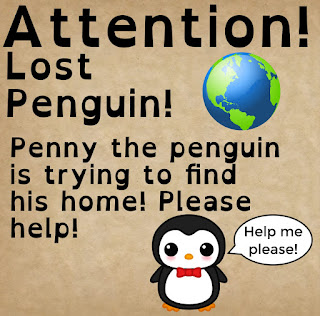"The bendy bones lab is a lab where we soaked chicken bones in different sodas. The goal of the lab was to see how the bone density was effected. The density decreased in all the bones, but Mountain Dew was the largest decrease. Don't drink da DEW!"
- Tristan M.
"In the Bendy Bones lab we soaked a chicken bone in a solution, to see the alteration of the bone. The bone decreased in mass and density. We learned that unhealthy drinks can affect your bones a lot more than we think."
- Braden A.
"In the Bendy Bone lab, we did an experiment where we put a chicken bone inside an acidic liquid for three days. When we took it out we found out that the chicken bones density decreased. This shows that acidic liquid may decrease your bone density which can lead to osteoporosis and other serious consequences that can lead to harmful diseases. The reasons why acidic liquid decreases bone density is because it stops the consumption of vitamin D and calcium. This can lead to decrease of bone density."
- Sam and Om





























